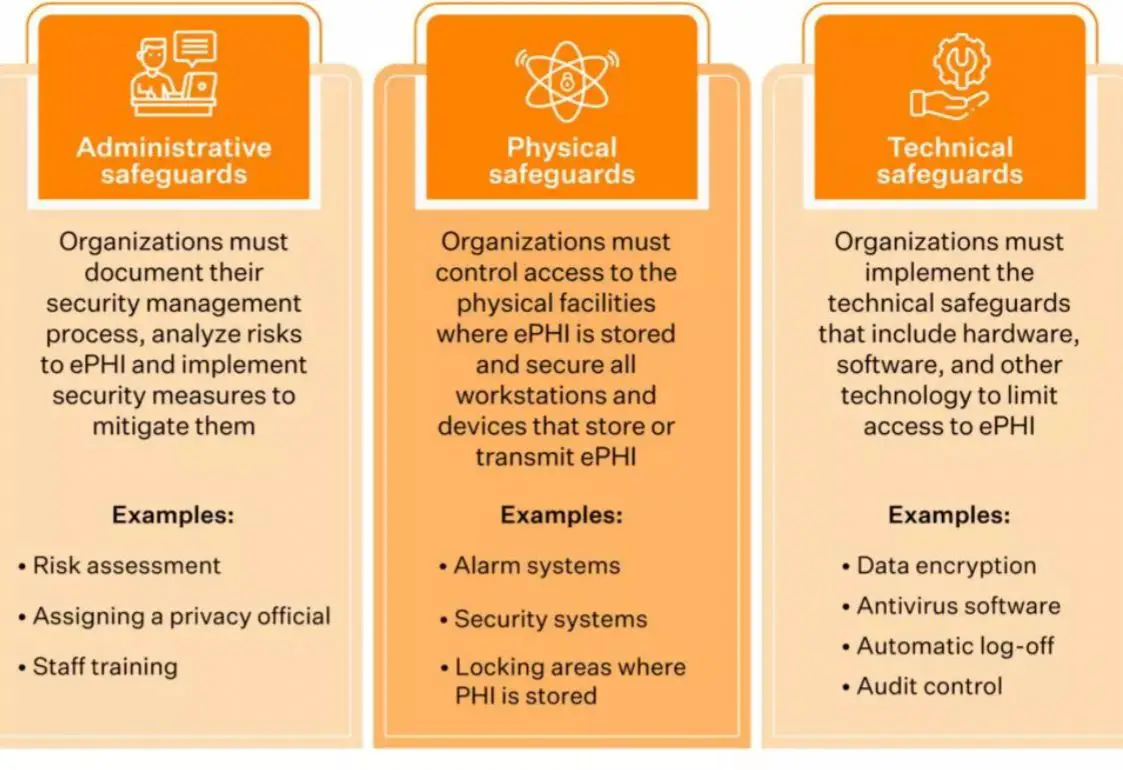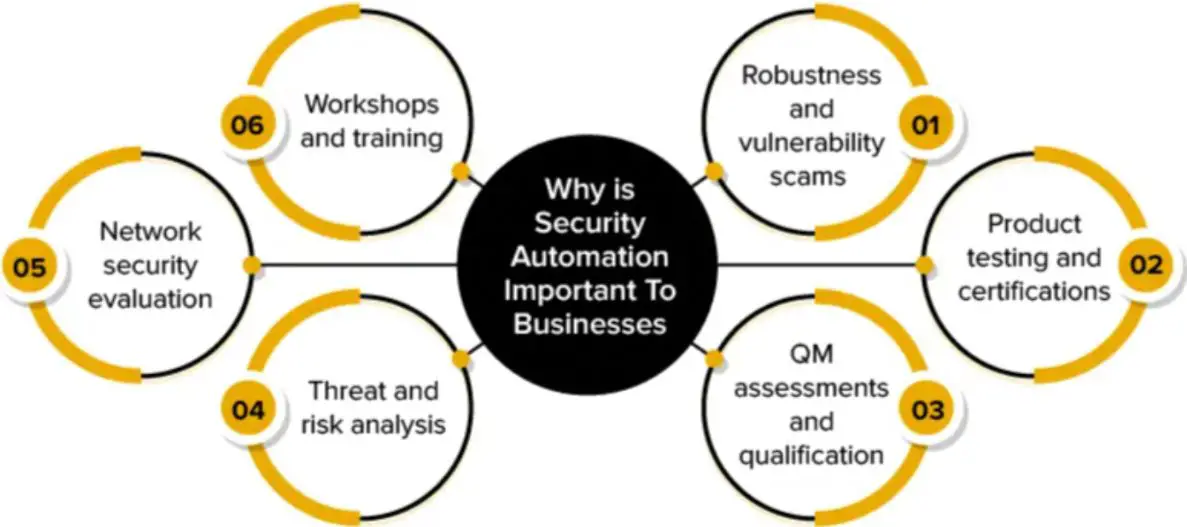
In today’s digital landscape, ensuring the security and compliance of sensitive data has become paramount for organizations across various industries. With the increasing number of regulations and frameworks such as SOC 2, HIPAA, ISO 27001, PCI DSS, and GDPR, organizations face significant challenges in meeting and maintaining their compliance requirements. However, by leveraging automation tools and technologies, organizations can simplify and streamline their security and compliance processes. This article explores the benefits of automating security and compliance and provides insights into how organizations can effectively implement automation to enhance their overall security posture.
The Importance of Security and Compliance
In today’s interconnected world, organizations handle vast amounts of sensitive data, ranging from customer information to intellectual property. Protecting this data from cyber threats, unauthorized access, and potential breaches is crucial to maintain the trust and confidence of customers, partners, and stakeholders. Moreover, regulatory bodies and industry standards have established various frameworks to ensure organizations adhere to specific security and compliance requirements.
Understanding SOC 2: Streamlining Auditing Processes
SOC 2 (System and Organization Controls 2) is a widely recognized auditing standard designed to assess an organization’s security, availability, processing integrity, confidentiality, and privacy controls. By automating the processes involved in SOC 2 compliance, organizations can streamline their auditing procedures, reduce manual errors, and improve overall efficiency.
Simplifying HIPAA Compliance: Protecting Patient Data
HIPAA (Health Insurance Portability and Accountability Act) sets the standards for protecting sensitive patient health information. Automating HIPAA compliance processes helps organizations ensure that patient data is securely managed, access is appropriately restricted, and any potential breaches are promptly identified and addressed. Having a comprehensive HIPAA checklist simplifies the compliance process and enables organizations to systematically review and implement the necessary safeguards to safeguard patient health information.

Achieving ISO 27001 Certification: Strengthening Information Security
ISO 27001 is an internationally recognized standard that provides a systematic approach to managing sensitive information and protecting it from unauthorized access, misuse, or loss. Automation can simplify the implementation of ISO 27001 controls, enhance risk management practices, and enable organizations to achieve certification efficiently.
PCI DSS Compliance: Safeguarding Payment Card Data
PCI DSS (Payment Card Industry Data Security Standard) outlines the security measures that organizations must implement to protect payment card data. Automation can assist organizations in meeting PCI DSS requirements by automating tasks such as vulnerability scanning, log monitoring, and access controls, thereby minimizing the risk of data breaches and ensuring compliance.
Navigating GDPR: Ensuring Data Privacy and Protection
The General Data Protection Regulation (GDPR) is a comprehensive data protection regulation that sets guidelines for the collection, processing, and storage of personal data of individuals within the European Union. Automating GDPR compliance processes helps organizations streamline data management, consent management, and data subject rights, ensuring they meet regulatory obligations and avoid costly penalties.
Benefits of Automating Security and Compliance Processes

Automation offers numerous benefits for organizations aiming to simplify their security and compliance practices. Some key advantages include:
Enhanced Efficiency
Automation reduces the manual effort required for security and compliance tasks, freeing up resources to focus on strategic initiatives.
Improved Accuracy
By eliminating human errors and inconsistencies, automation ensures a higher level of accuracy in security and compliance processes.
Real-time Monitoring
Automated tools enable continuous monitoring and alerting, allowing organizations to promptly identify and address security issues or compliance violations.
Time and Cost Savings
Automation streamlines workflows, reduces the time required for manual tasks, and minimizes operational costs associated with compliance.
Scalability
As organizations grow, automation facilitates the scalability of security and compliance processes, ensuring consistent practices across the enterprise.
Implementing Automation Tools and Technologies
To effectively implement automation for security and compliance, organizations should consider the following steps:
Assess Requirements
Identify the specific security and compliance requirements applicable to your organization based on the relevant frameworks and regulations.
Select Appropriate Tools
Choose automation tools and technologies that align with your organization’s needs, considering factors such as scalability, integration capabilities, and user-friendliness.
Define Workflows
Map out the security and compliance processes that can be automated, identifying the tasks and activities suitable for automation.
Integrate Systems
Ensure seamless integration between different systems and platforms within your organization to enable efficient data exchange and process automation.
Train and Educate Employees
Provide adequate training to employees on the use of automation tools and the revised processes to ensure smooth adoption and utilization.
Continuously Monitor and Improve
Regularly assess the effectiveness of automation in meeting security and compliance objectives, making necessary adjustments and improvements as needed.
Overcoming Challenges in Automation Implementation
While automation offers significant benefits, organizations may encounter challenges during implementation. Some common challenges include:
Complexity of Integration: Integrating automation tools with existing systems and workflows can be complex and may require expert assistance.
Data Quality and Consistency: Inaccurate or inconsistent data can impact the effectiveness of automation. It’s essential to establish data quality controls and validation processes.
Change Management: Employees may resist or struggle with adopting new processes and tools. Effective change management strategies, such as communication and training, can mitigate these challenges.
Security Risks: Automation introduces new security risks. Organizations should carefully assess and mitigate potential risks associated with automated processes, such as unauthorized access or data breaches.
Best Practices for Successful Automation
To ensure successful automation implementation, organizations should consider the following best practices:
![]()
Start with Prioritization
Identify the critical security and compliance processes that can yield the most significant benefits through automation, and prioritize them for implementation.
Collaborate with Experts
Seek guidance from automation and compliance experts who can provide insights and best practices specific to your industry and regulatory requirements.
Regularly Evaluate and Update
Continuously monitor the effectiveness of automated processes, update them as regulations evolve, and incorporate lessons learned to optimize automation.
Foster a Culture of Compliance
Promote a culture of compliance and automation across the organization by providing training, raising awareness, and incentivizing adherence to security and compliance standards.
Leverage Analytics and Reporting
Utilize automation tools that offer robust analytics and reporting capabilities to gain insights into security incidents, compliance gaps, and overall process performance.
The Role of AI in Security and Compliance Automation
Artificial Intelligence (AI) plays a crucial role in enhancing security and compliance automation. AI-powered technologies, such as machine learning and natural language processing, enable organizations to analyze vast amounts of data, detect anomalies, identify potential threats, and automate decision-making processes. AI can significantly augment human efforts in managing security and compliance requirements, offering more accurate and efficient results.
The Future of Automated Security and Compliance
As technology continues to advance, the future of automated security and compliance holds great potential. Organizations can expect increased integration of AI and machine learning algorithms to automate complex risk assessments, predictive analytics for proactive threat detection, and improved orchestration and response to security incidents. Automation will become an integral part of organizational processes, enabling efficient security and compliance practices while adapting to evolving regulatory landscapes.
Conclusion
Automating security and compliance processes is paramount for organizations seeking to simplify their operations while meeting the requirements of frameworks like SOC 2, HIPAA, ISO 27001, PCI DSS, and GDPR. By leveraging automation tools and technologies, organizations can enhance efficiency, accuracy, and scalability in their security and compliance practices. However, successful implementation requires careful planning, selecting the right tools, and addressing challenges effectively. As technology advances, the future of automated security and compliance holds significant promise in further simplifying and strengthening organizational security postures.